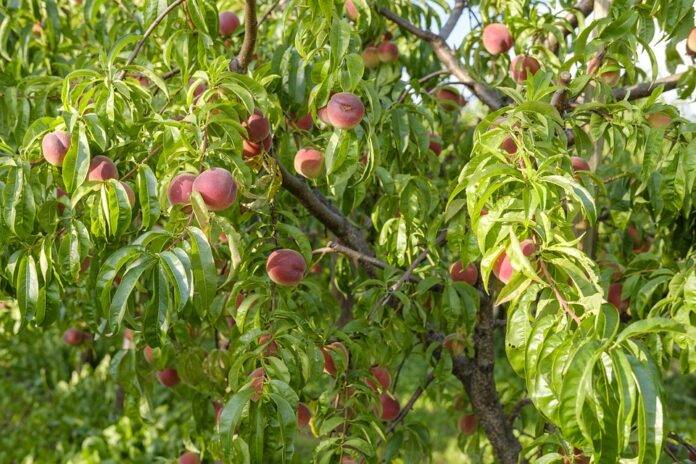Introduction
Low glycemic diets have gained popularity in recent years as people seek to manage their blood sugar levels and improve overall health. This shift in consumer behavior has led to increased interest in alternative forms of fructose, which can provide sweetness without causing spikes in blood sugar. In this report, we will explore how the low glycemic diets trend is impacting the food industry and driving innovation in the use of different fructose sources.
The Rise of Low Glycemic Diets
Low glycemic diets focus on consuming foods that have a minimal impact on blood sugar levels. This approach is beneficial for individuals looking to manage conditions such as diabetes or obesity, as well as those seeking to improve their overall health. Foods with a low glycemic index (GI) are digested more slowly, leading to a gradual rise in blood sugar rather than a rapid spike.
Health Benefits of Low Glycemic Diets
Research has shown that low glycemic diets can help improve insulin sensitivity, reduce inflammation, and aid in weight management. By choosing foods with a low GI, individuals can better control their blood sugar levels and reduce the risk of chronic diseases such as type 2 diabetes and heart disease.
Consumer Demand for Low Glycemic Products
As awareness of the health benefits of low glycemic diets has grown, consumer demand for products that fit this dietary pattern has also increased. Food manufacturers are responding to this trend by reformulating existing products to lower their GI or introducing new products that are specifically marketed as low glycemic.
Alternative Fructose Forms
Fructose is a natural sugar found in fruits, honey, and some vegetables. While fructose itself has a low GI, it is often used in processed foods in the form of high-fructose corn syrup (HFCS), which has a higher GI. In response to the demand for low glycemic products, the food industry is exploring alternative forms of fructose that can provide sweetness without causing spikes in blood sugar.
Stevia and Monk Fruit
Stevia and monk fruit are two natural sweeteners that have gained popularity as alternatives to traditional sugars. Both stevia and monk fruit have a minimal impact on blood sugar levels and are commonly used in low glycemic products. These sweeteners are often combined with other ingredients to create sugar-free or low sugar versions of popular foods and beverages.
Allulose and Tagatose
Allulose and tagatose are two lesser-known forms of fructose that are also being used in low glycemic products. Allulose is a rare sugar that is naturally found in small quantities in certain foods, while tagatose is a low-calorie sweetener derived from lactose. These alternative fructose forms can provide the sweetness consumers crave without the negative effects on blood sugar.
Industry Insights
The shift towards low glycemic diets and the use of alternative fructose forms is impacting the food industry in several ways. Companies are investing in research and development to create new products that meet consumer demand for low GI options. Additionally, food manufacturers are partnering with suppliers of alternative sweeteners to ensure a stable and sustainable supply chain.
Financial Data
According to a report by Grand View Research, the global market for alternative sweeteners is projected to reach $5.6 billion by 2025, with a compound annual growth rate of 5.2%. This growth is driven by increasing consumer awareness of the health risks associated with traditional sugars and the demand for low glycemic products.
Actual Companies
Several major food companies have already embraced the trend towards low glycemic diets and alternative fructose forms. Companies such as PepsiCo, Coca-Cola, and Nestle have introduced low glycemic versions of their popular products, using stevia, monk fruit, and other alternative sweeteners. These companies are also investing in research to develop new sweetening technologies that can meet the needs of health-conscious consumers.
Conclusion
The shift towards low glycemic diets is driving industry interest in alternative fructose forms as consumers seek out products that can help them manage their blood sugar levels. The use of natural sweeteners such as stevia, monk fruit, allulose, and tagatose is providing a healthier alternative to traditional sugars, while also creating new opportunities for innovation in the food industry. As the demand for low GI products continues to grow, we can expect to see further developments in the use of alternative fructose sources in a wide range of food and beverage products.




